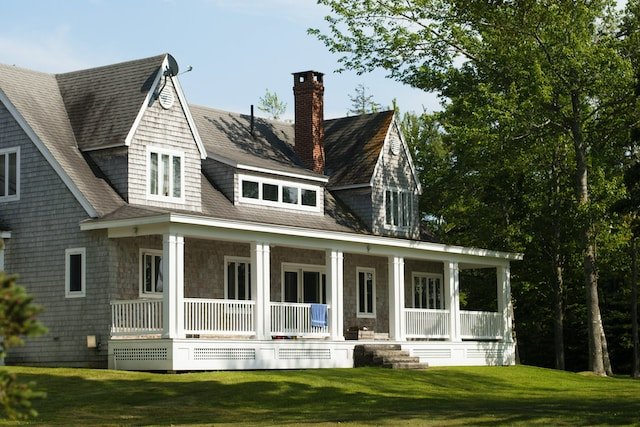Freestanding roof guardrails must adhere to all building and manufacturing codes. This ensures they are of the appropriate height, substance, positioning, and purpose. Roof edge protection guarantees that all safety rules are met. Roof edge protection should be large enough, strong enough, stiff enough, and durable enough. The top guardrail shall be at least 1100mm high, with a maximum gap of 470mm between guardrail frames. A risk assessment is necessary to establish if the guardrail will be adequate and acceptable for protecting persons and things from falling.
It Needs To Be Regularly Maintained
Safety systems must be maintained and checked regularly. It would be best if you stopped immediately utilizing any safety system that looks wrong.
Material Constructed Of An Ineligible Material
Roof edge protection should be robust enough to support a person’s weight when they fall or lean on it. Wood, for example, may not be acceptable in many situations and may risk someone’s life.
It Is Not Resistant To Corrosion
Roof edge systems are critical to their health. We advise against using systems made of unsuitable materials and purchasing things that require welding. The entire system will be rendered effective if there is a strong point in the roof edge protection system.
Other Safety Systems Are Incompatible
If ladder access to the roof is essential, an industrial self-closing gate or ladder cage is required. Another example is a roof that is not properly fitted around the edges but does not address safety in other locations, such as roof hatches and susceptible roof regions.
You Must Figure Out Which Solution Is Ideal For Your Roof
Before making a purchase, examine if the chosen roof edge protection system can handle your roof style – flat, sloping, composed of felt, asphalt, metal, or any other material. Most roof edge railings, for example, are not suited for sloping roofs.
It Is Not Intended To Meet Any Criterion
Safety systems not constructed to specifications will almost always endanger your life. Be aware of firms that claim to fulfill several criteria when their processes are inadequate. Request test findings if you need clarification.
It Is Tough To Install
Consider how difficult it would be to install a roof edge protection system and what safety precautions you will need to take throughout the installation process. Installers should not be left on rooftops for an extended period, especially in inclement weather. You want a system that is simple to install, easy to maintain, and repairable if necessary.
Types Of Roof Edge Protection:
Roof edge protection comes in a variety of styles. Some roof edge protection systems outperform others, depending on the application and roof type.
Scaffolding
Scaffolding is frequently used to protect roof edges from falling workers. It is not a long-term solution and should not be utilized by anyone not involved in the construction sector.
Handrail On The Roof
Handrails provide excellent accessibility and compliance options. These handrails are more durable and long-lasting. They are also more visually pleasing, although they may pose problems with the roof membrane.
Handrails should be firmly secured to a surface. You can attach them to a building parapet, a concrete/steel roof structure, or both. Any holes, however, must not undermine the roof’s waterproofing.



